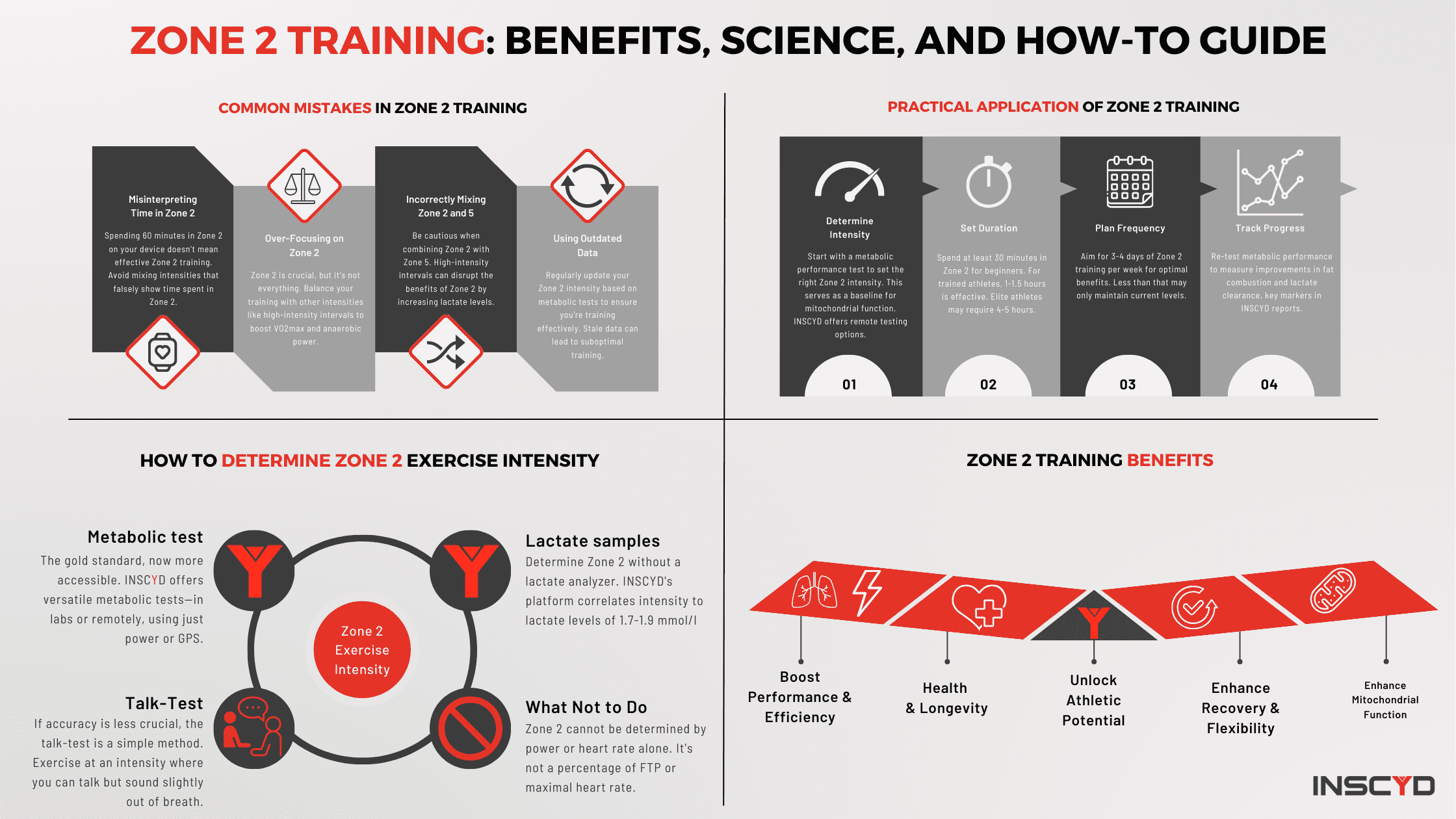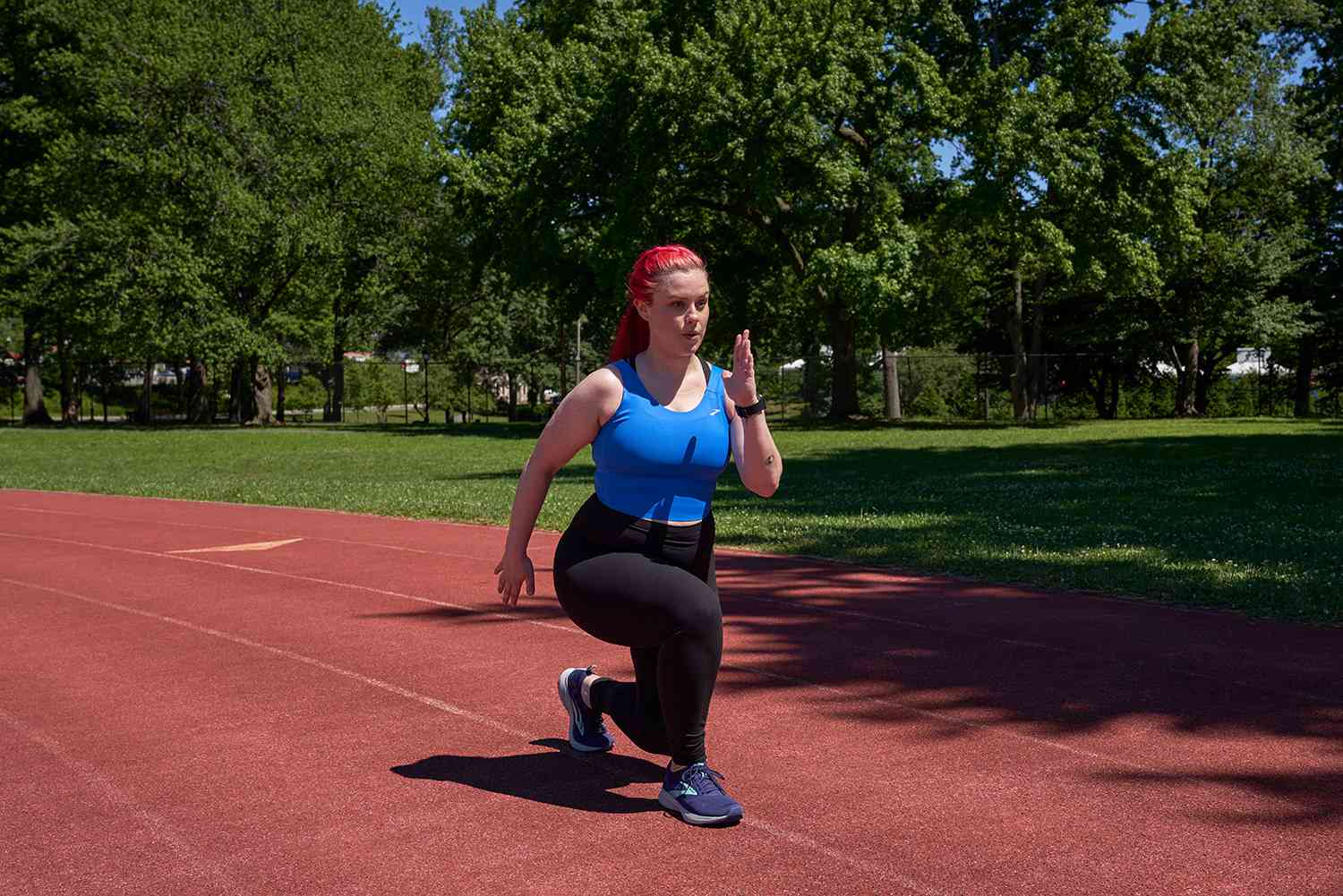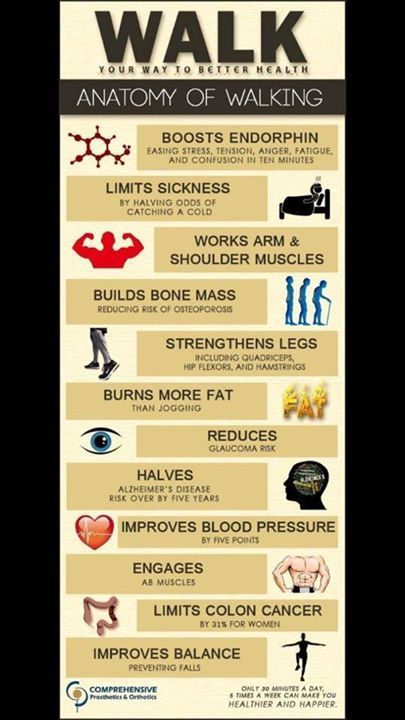How Do You Train for a Marathon With Walking? Maximize Your Progress
To train for a marathon with walking, gradually increase your walking distance and pace during training sessions. Incorporate interval training and strength exercises to improve endurance and performance.
Training for a marathon with walking involves specific strategies to build endurance and strength while minimizing the risk of injury. Whether you’re a beginner or an experienced walker, proper training is essential for success. By following a structured training plan that gradually increases walking distance and intensity, you can improve your cardiovascular fitness and prepare your body for the demands of a marathon.
Additionally, incorporating interval training and strength exercises can help enhance your performance and reduce the likelihood of overuse injuries. Whether you’re aiming to complete a marathon at a brisk walking pace or improve your personal best, strategic training can make a significant difference in your overall success.
Benefits Of Training For A Marathon With Walking
Training for a marathon is an incredible physical and mental challenge that requires dedication, discipline, and perseverance. While most people associate marathon training with running, incorporating walking into your training regimen can offer a multitude of benefits. Whether you are a beginner or an experienced runner, combining walking with running can improve your endurance and reduce the risk of injury. Let’s take a closer look at the specific benefits.
Improves Endurance
- Walking is a low-impact exercise that allows you to gradually build your endurance and increase your overall fitness level.
- By alternating between walking and running during your training sessions, you can extend the duration of your workouts and gradually increase the distance covered.
- Walking helps to strengthen your muscles, particularly in your legs and core, which are essential for maintaining proper form and stamina while running.
- By consistently incorporating walking into your training routine, you can gradually improve your aerobic capacity, enabling you to sustain a faster pace for longer periods of time.
- Regular walking also promotes recovery and can help prevent burnout, allowing you to train more consistently and effectively for your marathon.
Reduces Risk Of Injury
- The repetitive impact of running can put stress on your joints, muscles, and connective tissues, making you more susceptible to injuries such as shin splints, stress fractures, and tendonitis.
- By adding walking intervals to your marathon training, you can give your body a chance to recover while still maintaining an active lifestyle.
- Walking helps to improve your overall flexibility and mobility, reducing the risk of muscle imbalances and promoting proper alignment and balance while running.
- By gradually increasing your running intensity while also incorporating walking, you can minimize the risk of overuse injuries and allow your body to adapt to the demands of marathon training.
- Additionally, walking can serve as an excellent cross-training activity, providing a break from the repetitive motion of running and engaging different muscle groups.
Training for a marathon with walking is a smart strategy that can yield exceptional results. By improving your endurance and reducing the risk of injury, incorporating walking into your training routine can enhance your overall performance and increase your chances of completing the marathon strong and injury-free.

Credit: www.amazon.com
Essential Walking Techniques For Marathon Training
Maintaining Proper Form
Proper form is crucial for walkers looking to train for a marathon. By maintaining an upright posture with relaxed shoulders and steady arms, walkers can reduce unnecessary strain on their muscles and improve overall efficiency. Engage the core to stabilize the body and take shorter strides at a consistent pace to prevent injury.
Increasing Walking Speed
To prepare for a marathon, walkers should gradually increase their speed. This can be achieved through interval training, where walkers alternate between brisk walking and recovery periods. Utilize arm movements to propel forward and increase speed, while ensuring that each step is purposeful and controlled. Building up speed gradually will allow walkers to improve endurance and performance.
Designing Your Marathon Training Schedule With Walking
Setting Realistic Goals
Establish achievable objectives for marathon training.
Incorporating Cross-training
Diversify workouts to enhance overall fitness.

Credit: matthewboydphysio.com
Tips For Maximizing Your Progress
Looking to train for a marathon with walking? Check out these tips to maximize your progress and reach your goals.
Gradually Increasing Distance
To maximize your progress when training for a marathon with walking, it is crucial to gradually increase your distance over time. This allows your body to adapt and become more efficient at walking longer distances without causing unnecessary strain or injury. Start by setting small goals, such as adding an extra half-mile to your route every week. Remember to listen to your body and not push yourself too hard, as this can lead to burnout or injury. By gradually increasing your distance, you will build endurance and confidence, ultimately preparing yourself for the marathon challenge that lies ahead.Monitoring Your Heart Rate
Another important tip for maximizing your progress during marathon training with walking is monitoring your heart rate. This allows you to gauge the intensity of your workout and make adjustments as needed. Aim for a heart rate that is within your target training zone, which is generally around 70-85% of your maximum heart rate. To calculate your maximum heart rate, subtract your age from 220. You can use a heart rate monitor or even a smartphone app to track your heart rate during your walks and ensure you are working at the right level of intensity to achieve optimal results.Training Plan
Creating a structured training plan is vital when training for a marathon with walking. This plan should outline not only your weekly mileage goals but also include other important factors such as rest days and cross-training activities. By following a plan, you provide structure to your training and ensure that you are progressing at a pace that aligns with your capabilities. Consider seeking guidance from a qualified coach or using online training resources to create a personalized plan that suits your needs and abilities.Nutrition And Hydration
Proper nutrition and hydration are crucial components of any marathon training, regardless of whether you are running or walking. Make sure to eat a balanced diet that includes carbohydrates for energy, protein for muscle repair, and healthy fats for overall health. Staying well-hydrated is equally important, so make sure to drink water regularly throughout the day and especially before, during, and after your walks. Consider adding electrolyte-rich beverages or supplements for longer walks or during hot weather to replenish key nutrients lost through sweat.Rest And Recovery
Rest and recovery play a vital role in maximizing your progress when training for a marathon with walking. Your body needs time to repair and rebuild after each workout, so make sure to include rest days in your training plan. Use these days to engage in gentle stretching or low-impact activities such as yoga or swimming to promote blood flow and mobility. Additionally, prioritize quality sleep as it allows your body to recharge and helps prevent overuse injuries. Remember, rest is just as important as training in achieving your marathon goals. By following these tips for maximizing your progress when training for a marathon with walking, you will set yourself up for success and improve your overall performance. Remember to listen to your body, stay consistent, and keep your eye on the ultimate goal – crossing that marathon finish line with confidence and pride.
Credit: inscyd.com
Frequently Asked Questions Of How Do You Train For A Marathon With Walking?
How Many Hours Will It Take To Walk A Marathon?
It takes an average of 6 to 8 hours to walk a marathon, which spans 26. 2 miles. The duration can vary depending on individual fitness levels and walking speed.
How Do I Train To Walk 20 Miles A Day?
To train to walk 20 miles a day, gradually increase your daily distance, wear proper footwear, stay hydrated, and rest when needed. Incorporate strength training and stretching to prevent injuries.
How Do You Fuel For Walking A Marathon?
Fuel for walking a marathon by eating a balanced meal rich in carbs, proteins, and fats. Stay hydrated with water and electrolyte drinks. Consume energy gels or snacks during the race. Experiment with different foods during training to find what works best for you.
How Do I Train For A 10 Mile Walk?
To train for a 10 mile walk, start with shorter distances and gradually increase. Wear proper footwear and clothing. Incorporate strength and flexibility exercises. Stay hydrated and fuel your body with nutritious foods. Listen to your body and rest as needed.
Conclusion
Incorporating walking into marathon training can be an effective way to build endurance and reduce the risk of injury. By following a structured plan that includes both walking and running, you can improve your cardiovascular fitness and strength, ultimately leading to a successful marathon experience.
Embracing a combination of walking and running in your training regimen will help you achieve your marathon goals while minimizing the risk of overtraining and burnout. Regularly assessing your progress and making necessary adjustments along the way will ensure that you reach the starting line feeling confident and prepared.
With dedication and consistency, training for a marathon with walking can lead to an enjoyable and fulfilling race day experience.






